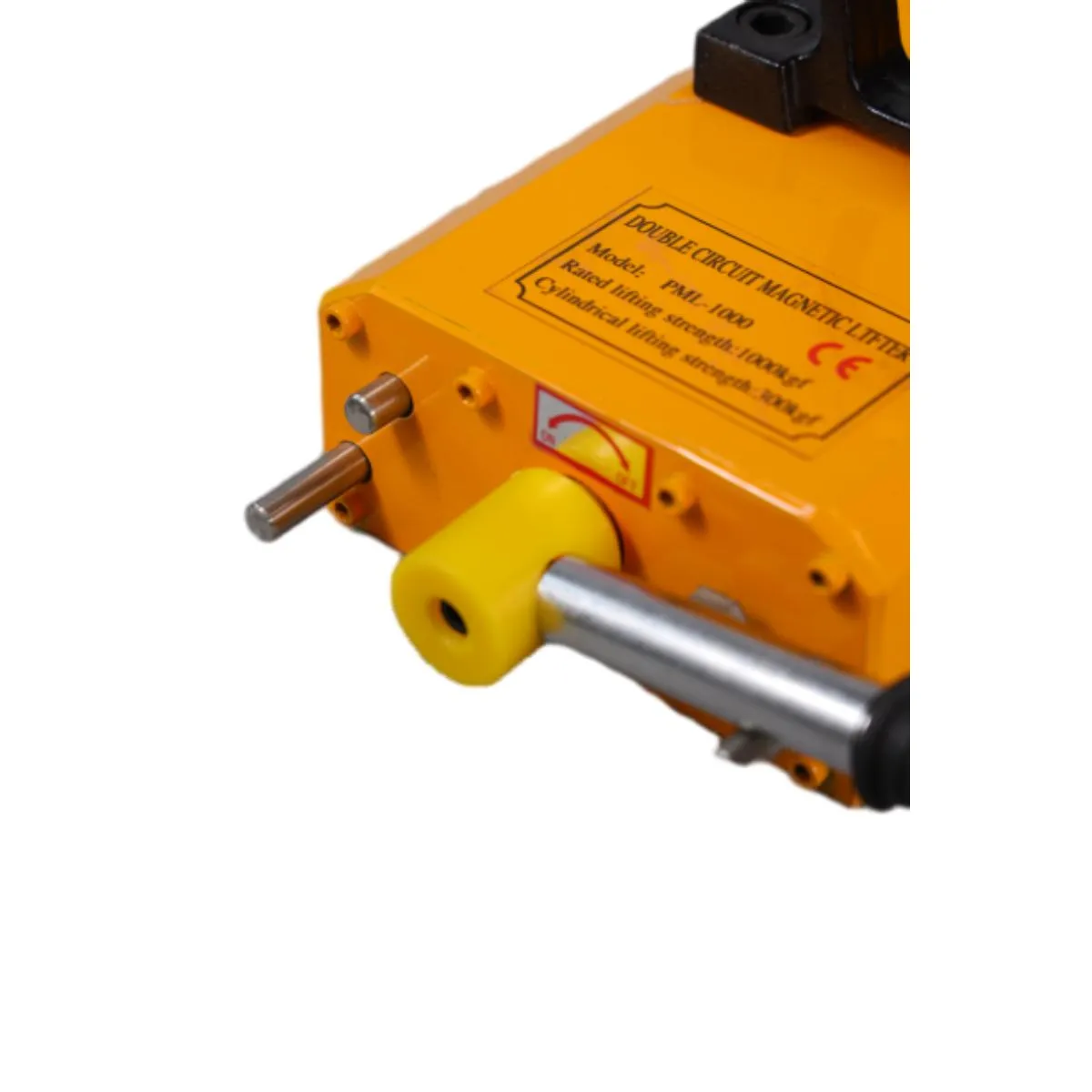Track-based Crane Solutions for Efficient Material Handling in Industrial Environments
The Versatility and Efficiency of Rail-Mounted Cranes
Rail-mounted cranes are an essential piece of equipment in various industries, renowned for their versatility and efficiency in material handling. These cranes operate on rail tracks, allowing them to move containers, heavy equipment, and materials smoothly within a defined area. This article will delve into the functionality, advantages, and applications of rail-mounted cranes, highlighting their significance in modern industrial operations.
Understanding Rail-Mounted Cranes
Rail-mounted cranes are fixed cranes that move along a set of rails, often installed on a concrete or steel framework. These cranes come in various designs, including single-girder and double-girder models, each tailored to meet specific load requirements and operational complexities. The cranes are equipped with hoisting mechanisms that facilitate vertical lifting and movement, making them ideal for loading and unloading tasks at ports, warehouses, and manufacturing facilities.
Advantages of Rail-Mounted Cranes
1. Space Optimization One of the primary benefits of rail-mounted cranes is their ability to maximize space utilization. Unlike traditional cranes that require ample ground space for operation, rail-mounted cranes effectively use vertical space. This is particularly beneficial in confined environments where maneuverability is limited.
2. Increased Lifting Capacity Rail-mounted cranes can handle a significant amount of weight, making them suitable for transporting heavy materials. Their robust design allows them to lift and move loads that would be impractical for other types of cranes, thereby enhancing productivity in industries such as construction and shipping.
3. Stability and Safety The fixed nature of rail-mounted cranes provides a higher level of stability compared to mobile cranes. This stability reduces the risk of accidents during lifting operations, ensuring higher safety standards in the workplace. Moreover, they can be fitted with advanced safety features, such as overload sensors and emergency stop mechanisms, enhancing their operational safety.
rail mounted crane

4. Operational Flexibility Rail-mounted cranes can be designed for various configurations, allowing them to adapt to different operational needs. They can be equipped with specialized attachments for handling specific materials or tasks, such as magnetic lifts for scrap metal or clamshell buckets for loose materials. This adaptability makes them highly versatile in various industrial settings.
5. Reduced Labor Costs By automating material handling, rail-mounted cranes significantly reduce the need for manual labor, leading to lower operational costs. The increased efficiency in moving materials can also lead to quicker turnaround times, which is crucial in industries where time is of the essence.
Applications of Rail-Mounted Cranes
Rail-mounted cranes have a wide array of applications across different sectors. In the shipping industry, they are frequently used at container terminals to load and unload cargo from ships, optimizing the logistics of shipping and receiving goods. In construction, these cranes play a vital role in moving materials around job sites, especially in large-scale projects requiring heavy lifting capabilities.
Furthermore, rail-mounted cranes are utilized in manufacturing facilities for assembly line processes, where precision and efficiency are paramount. They also find application in waste management, helping to handle and transport heavy loads of recyclable materials to processing facilities.
Conclusion
In conclusion, rail-mounted cranes are indispensable in various industrial sectors, offering significant advantages in terms of efficiency, safety, and versatility. Their ability to operate in tight spaces while handling heavy loads makes them a preferred choice for many businesses. As industries continue to evolve and demand more from their material handling solutions, rail-mounted cranes will undoubtedly remain at the forefront of technological advancements, contributing to improved productivity and operational excellence. Embracing this technology can lead to enhanced efficiency and a competitive edge in today’s fast-paced industrial landscape.
-
Portable 2000 lb Gantry Crane | Heavy-Duty & AdjustableNewsAug.30,2025
-
Versatile Lifting Solutions with Gantry and Overhead CranesNewsAug.29,2025
-
The Versatile Mobile Gantry Crane SolutionNewsAug.29,2025
-
Reliable Movement with Heavy Machinery Skates and RollersNewsAug.29,2025
-
Reliable Lifting Performance with 2000 lb Gantry Crane and 2 Ton Overhead SystemsNewsAug.29,2025
-
Maximize Lifting Efficiency with PML Magnetic LiftersNewsAug.29,2025
-
Efficient Relocation Starts with Reliable Machinery MoversNewsAug.29,2025
